- Home
- Directory
- Shop
- Underwater Cameras - Photographic Accessories
- Smartphone Housings
- Sea Scooters
- Hookah Dive Systems
- Underwater Metal Detectors
- Dive Gear
- Dive Accessories
- Diving DVD & Blu-Ray Discs
- Diving Books
- Underwater Drones
- Drones
- Subscriptions - Magazines
- Protective Cases
- Corrective Lenses
- Dive Wear
- Underwater Membership
- Assistive Technology - NDIS
- On Sale
- Underwater Gift Cards
- Underwater Art
- Power Stations
- Black Friday Sale
- Underwater Bargain Bin
- Brands
- 10bar
- AOI
- AquaTech
- AxisGo
- Backscatter Underwater Video and Photo
- BLU3
- Cayago
- Chasing
- Cinebags
- Digipower
- DJI
- Dyron
- Edge Smart Drive
- Eneloop
- Energizer
- Exotech Innovations
- Fantasea
- Fotocore
- Garmin
- Geneinno
- GoPro
- Hagul
- Hydro Sapiens
- Hydrotac
- Ikelite
- Indigo Industries
- Inon
- Insta360
- Intova
- Isotta Housings
- Jobe
- JOBY
- Kraken Sports
- LEFEET
- Mirage Dive
- Nautica Seascooters
- Nautilus Lifeline
- NautiSmart
- Nitecore
- Nokta Makro
- Oceanic
- Olympus
- OM System
- Orca Torch
- Paralenz
- PowerDive
- QYSEA
- Scubajet
- Scubalamp
- Sea & Sea
- SeaDoo Seascooter
- SeaLife
- Seavu
- Shark Shield
- Sherwood Scuba
- Spare Air
- StickTite
- Sublue
- Suunto
- SwellPro
- T-HOUSING
- Tusa
- U.N Photographics
- Venture Heat
- XTAR
- Yamaha Seascooter
- Youcan Robot
An endangered vegetarian: the Green Turtle (Chelonia mydas)
Contributed by Wandy Hochgrebe
Sea turtles are reptiles whose ancestors evolved on land and returned to the sea to live about 150 million years ago.
Green turtles have an oval or heart shaped carapace which is part of their skeleton. They are not able to retract back into their shell like some of their terrestrial cousins can. The green turtle can grow up to 1 meter in length and weigh 150 kilograms.
All marine turtle species are experiencing serious threats to their survival. The main threats are pollution and changes to imp
Sea turtles are reptiles whose ancestors evolved on land and returned to the sea to live about 150 million years ago.
Green turtles have an oval or heart shaped carapace which is part of their skeleton. They are not able to retract back into their shell like some of their terrestrial cousins can. The green turtle can grow up to 1 meter in length and weigh 150 kilograms.
 All
marine turtle species are experiencing serious threats to their survival. The
main threats are pollution and changes to important turtle habitats, especially
coral reefs, seagrass beds, mangrove forests and nesting beaches. Other threats
include accidental drowning in fishing gear, over-harvesting of turtles and
eggs; and predation of eggs and hatchlings by foxes, feral pigs, dogs and goannas.
The green turtle is considered endangered.
All
marine turtle species are experiencing serious threats to their survival. The
main threats are pollution and changes to important turtle habitats, especially
coral reefs, seagrass beds, mangrove forests and nesting beaches. Other threats
include accidental drowning in fishing gear, over-harvesting of turtles and
eggs; and predation of eggs and hatchlings by foxes, feral pigs, dogs and goannas.
The green turtle is considered endangered.
Because of their special blood chemistry, green turtles are able to store oxygen in their blood. This enables them to stay underwater for up to two hours when sleeping. However, when they are eating they will surface every ten to fifteen minutes. Juvenile green turtles do not develop this ability until there are older and have to sleep floating at the water's surface.
Unlike the other sea turtles adult green turtles are believed to have a completely vegetarian diet consisting of different kind of algae and seagrasses.
After reaching sexual maturity, green turtles breed for several decades. Females do not lay eggs every year, but only every three to five years. Green turtles sometimes travel up to 3000 km to reach their breeding site. Males and females aggregate in the shallow waters surrounding the nesting beaches to mate. Females often mate with more than one male. After mating, the males return to the feeding grounds.
 Between
nesting efforts, female turtles gather adjacent to the nesting beaches. They
return to the same beach to lay consecutive clutches. When ready to lay eggs,
the female turtle crawls out of the sea to above the high water mark, usually
about one hour before to about two hours after the night high tide.
Between
nesting efforts, female turtles gather adjacent to the nesting beaches. They
return to the same beach to lay consecutive clutches. When ready to lay eggs,
the female turtle crawls out of the sea to above the high water mark, usually
about one hour before to about two hours after the night high tide.
In preparation for nesting, the female turtle scrapes away loose sand with all four flippers to form a body pit. She then excavates a vertical pear-shaped egg chamber with the hind flippers. On five or six different occasions at two weekly intervals approximately 100 round smallish eggs with a parchment like shell are deposited in the sand.
Nests are raided by natural predators such as goannas or by introduced species like foxes, feral pigs and dogs. In some locations people will take turtle eggs for consumption, when over-harvesting takes place this also can be a threat to the survival of the turtle species.
Green turtles seem to have a high affinity for particular nesting beaches and not just any beach will do. The beaches have to be high enough and the sand cannot be too compact. Once a female is disturbed while laying eggs, she might never return. Loud noises and bright lights can deter the females. Beach compacting by heavy trucks, 4WD driving, an increased number of people using the beach and attempts to stop erosion of beaches by beach armouring makes it difficult for the females to create a nesting site.
After 8 - 12 weeks at night the hatchlings appear from the nest and will try to get into the water before the heat of the sun will kill them. Many will not survive as predators, such as sea gulls and crabs are plenty. Bright lights around the nesting beaches not only can confuse the female laying eggs; it also threatens the hatchlings, which will take the street lights as their guide to find the ocean.
 The
hatchlings drift for an undetermined period of time in the open ocean finding
shelter in weed lines until their carapace reaches 20 - 25 cm. They then settle
in more coastal waters where they live of the reefs until after many years they
reach sexual maturity. It is thought that green turtles return to the beach
where they hatched themselves to mate, presumably using the earth’s magnetic
field as a navigation tool.
The
hatchlings drift for an undetermined period of time in the open ocean finding
shelter in weed lines until their carapace reaches 20 - 25 cm. They then settle
in more coastal waters where they live of the reefs until after many years they
reach sexual maturity. It is thought that green turtles return to the beach
where they hatched themselves to mate, presumably using the earth’s magnetic
field as a navigation tool.
A problem initially thought specific for green turtles is the fibropapilloma tumour. It is a form of cancer that grows on all soft tissues in between scales and scutes, in the mouth and around the eyes. The cancers can also spread to internal organs. The tumours often increase in size and number until the turtle is seriously debilitated and death is a common outcome. A new, alarming development is that fibropapilloma tumours are now also observed on different species of sea turtles.
Because sea turtles have to come to the surface to breath another threat they face is the propellers of motorboats. The propellers can do enormous damage to the carapace and, even more seriously, the head of the turtle.
In the past some people would hold onto their shells and be pulled along. This stresses most turtles, which might be so frightened that they will never come back to the surface to breath and they drown.
It is important to protect this endangered marine creature. Here are some things you can do:
Shopfront
-
 Kraken 5.5-inch Ultra Bright Underwater Monitor - 4K
Kraken 5.5-inch Ultra Bright Underwater Monitor - 4K
- Price A$ 2,499.00
-
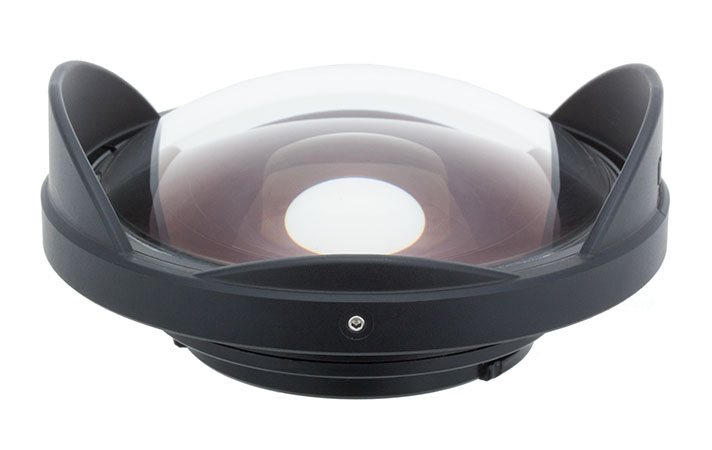 Inon UFL-G140 SD Underwater Semi-fisheye Conversion Lens
Inon UFL-G140 SD Underwater Semi-fisheye Conversion Lens
- Price A$ 649.00
-
 T-Housing Aluminium Deepdive Housing for GoPro Hero9 Hero10 HERO11 HERO12 and HERO13
T-Housing Aluminium Deepdive Housing for GoPro Hero9 Hero10 HERO11 HERO12 and HERO13
- Price A$ 579.00
-
 Fantasea FRX100 VA R Housing for Sony RX100 III / IV / V / VA - with optional vacuum system
Fantasea FRX100 VA R Housing for Sony RX100 III / IV / V / VA - with optional vacuum system
- Price A$ 799.00
-
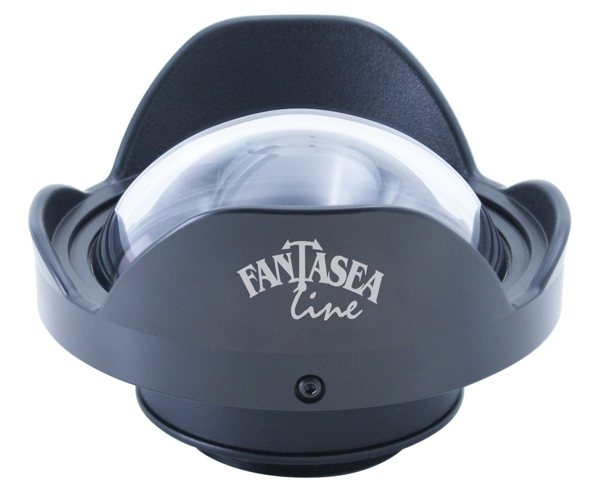 Fantasea UWL-400Q - Wide Angle Conversion Wet Lens 0.5x
Fantasea UWL-400Q - Wide Angle Conversion Wet Lens 0.5x
- Price A$ 599.00
-
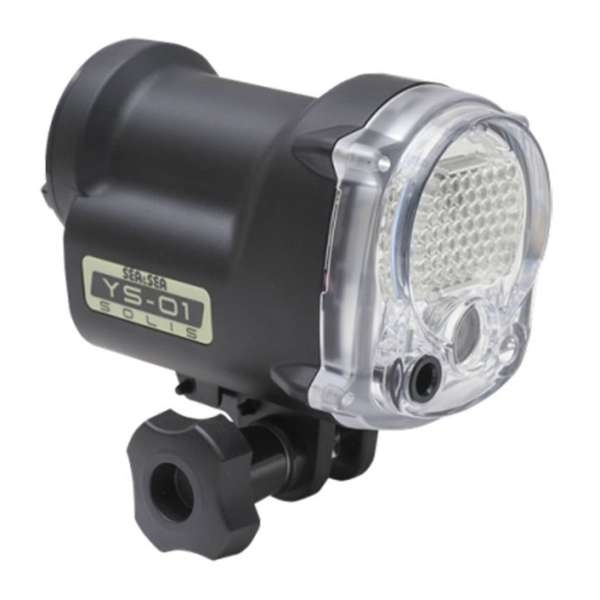 Sea & Sea YS-01 SOLIS Strobe head
Sea & Sea YS-01 SOLIS Strobe head
- Price A$ 739.00
-
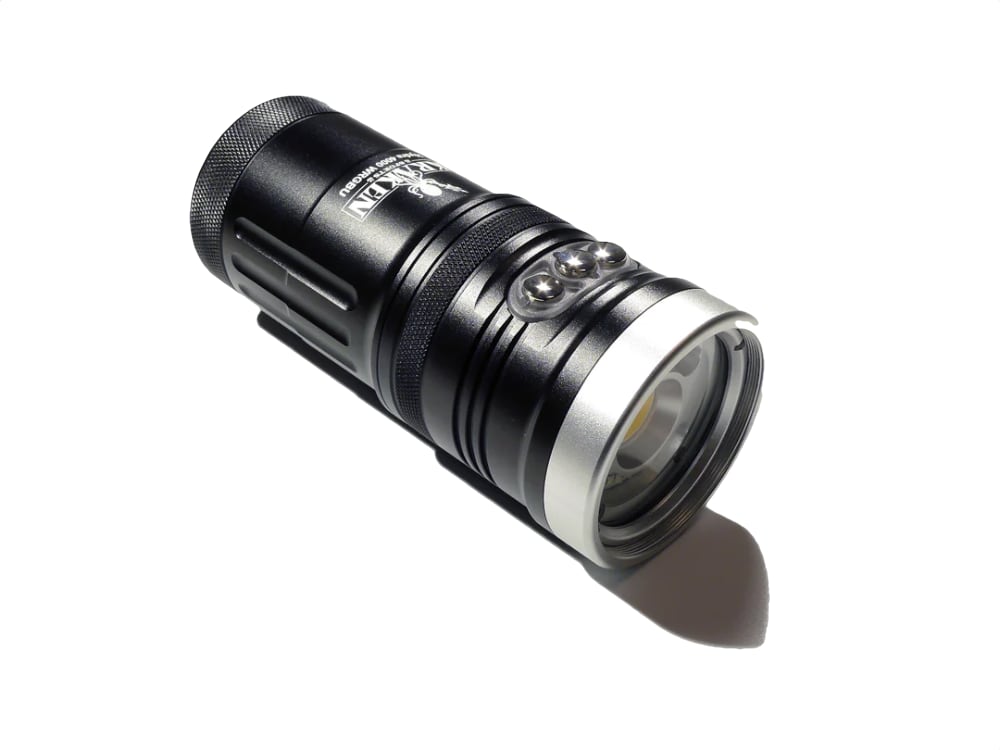 Kraken Hydra 4000 WRGBU
Kraken Hydra 4000 WRGBU
- Price A$ 739.00
In the Directory



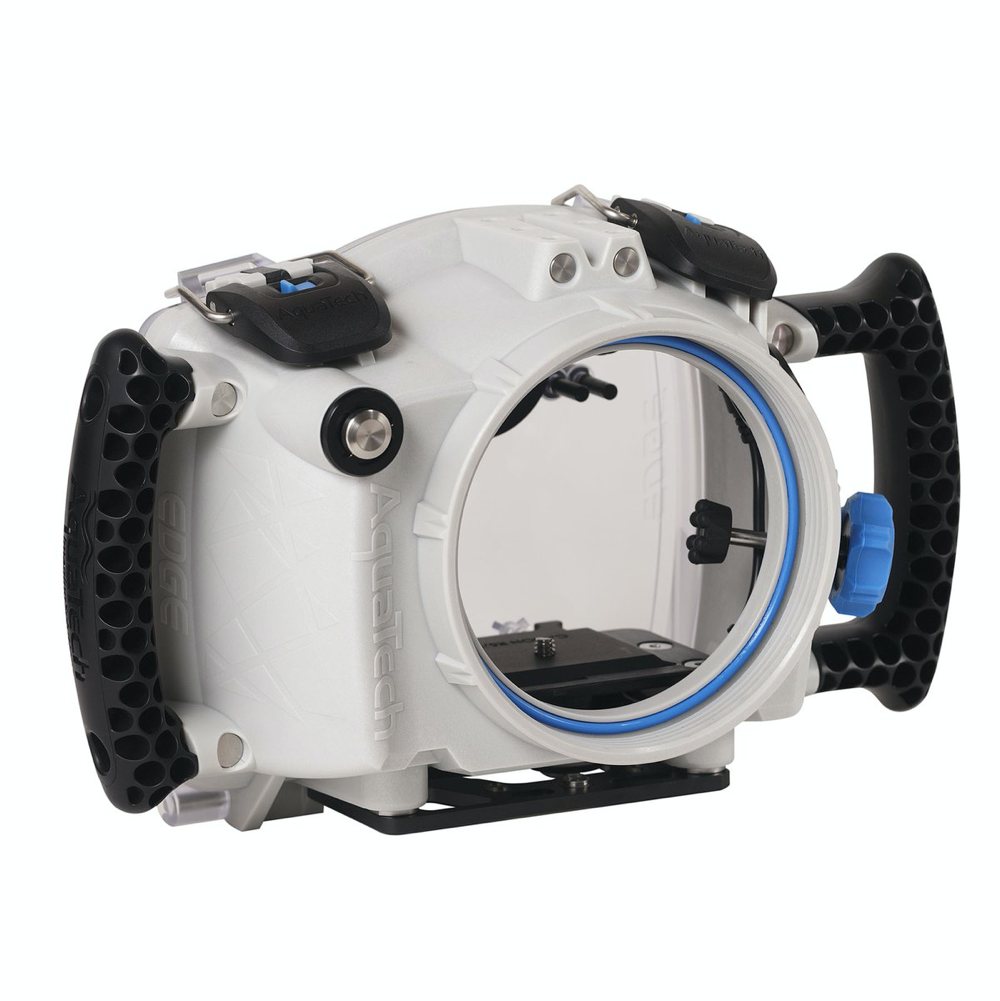
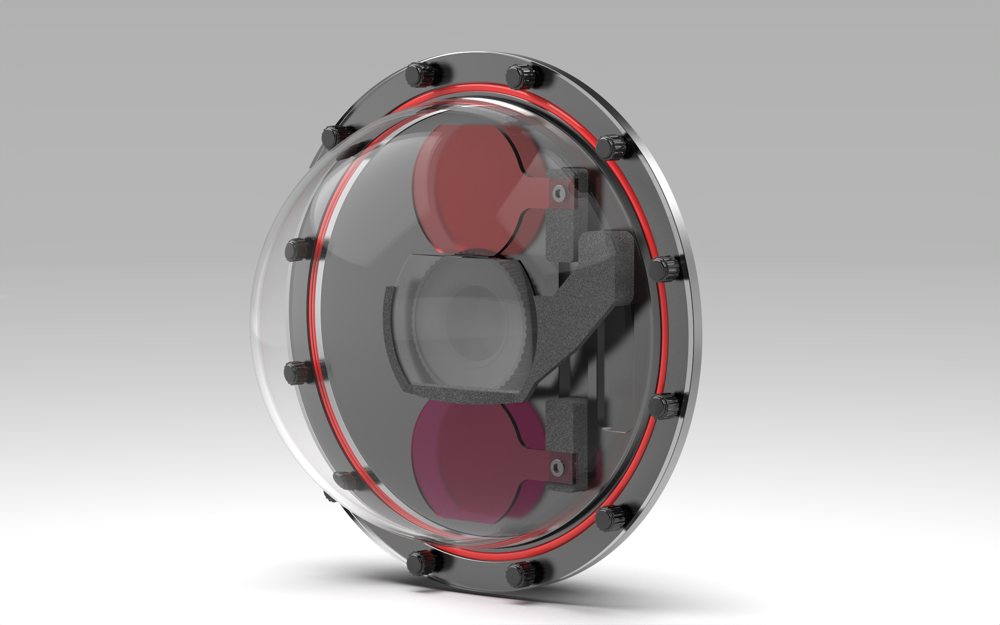


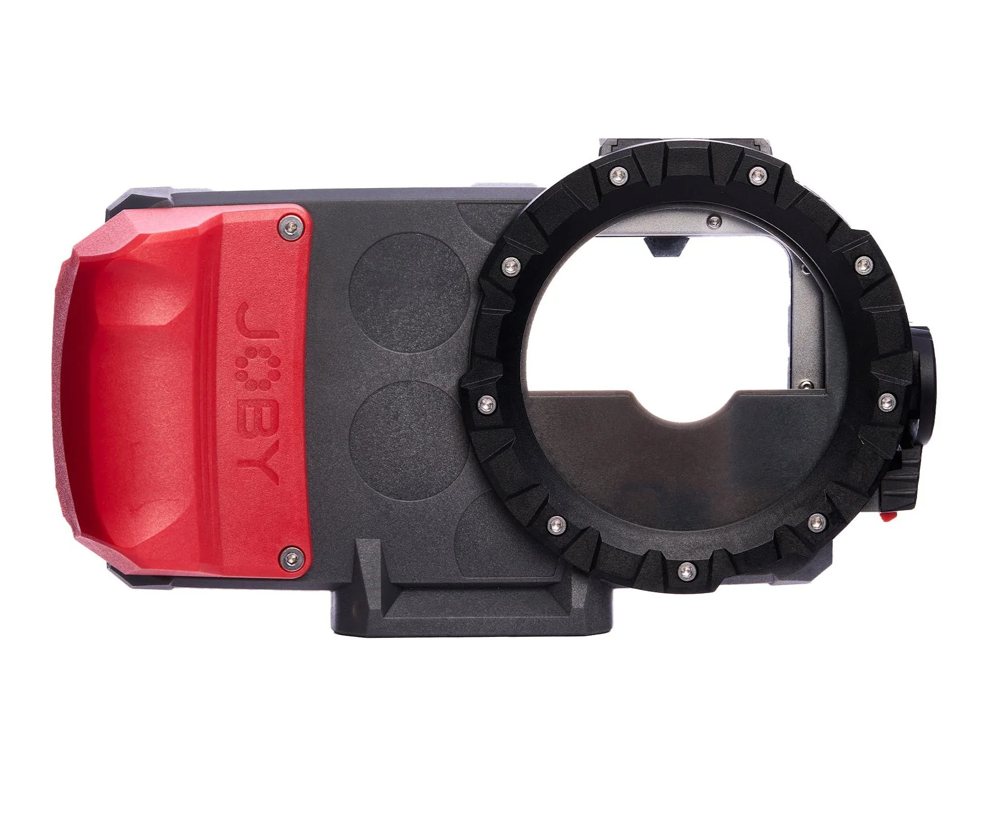
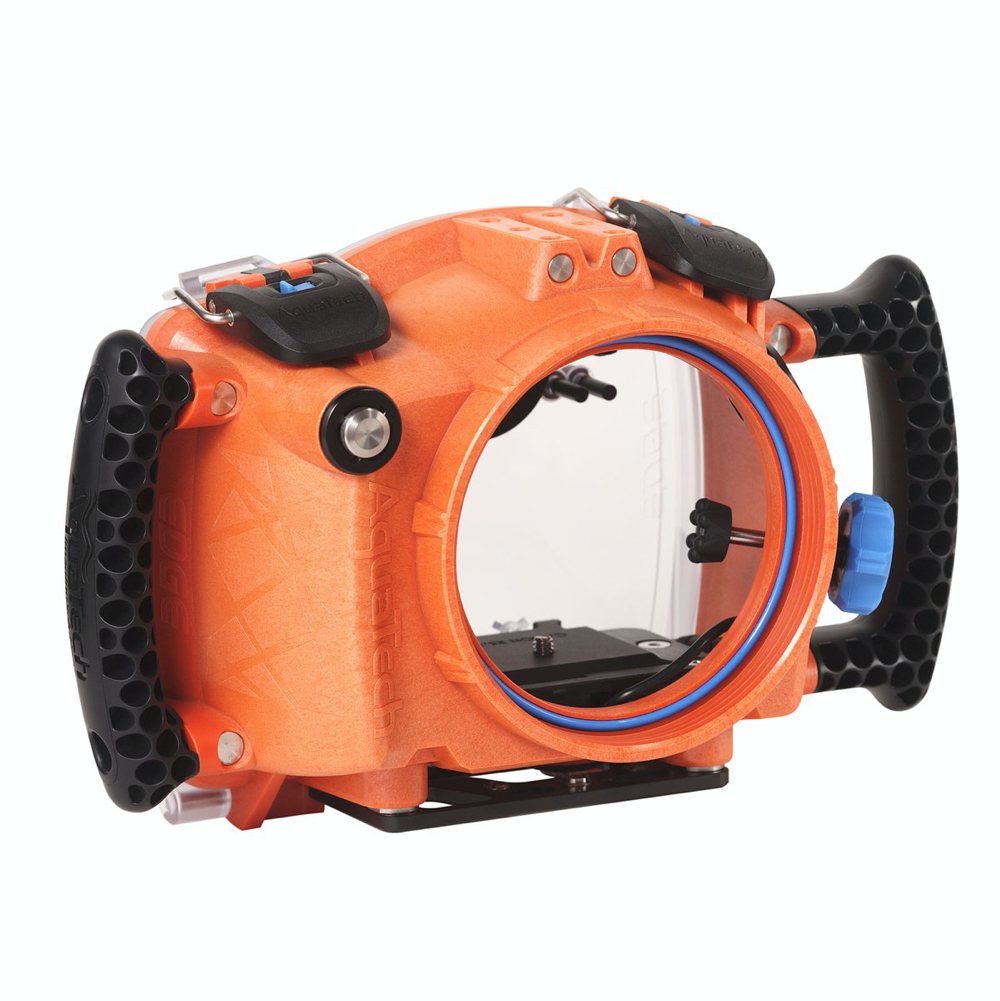

 Fantasea FG7X II S Vacuum Underwater Housing for Canon G7X Mark II
Fantasea FG7X II S Vacuum Underwater Housing for Canon G7X Mark II 




